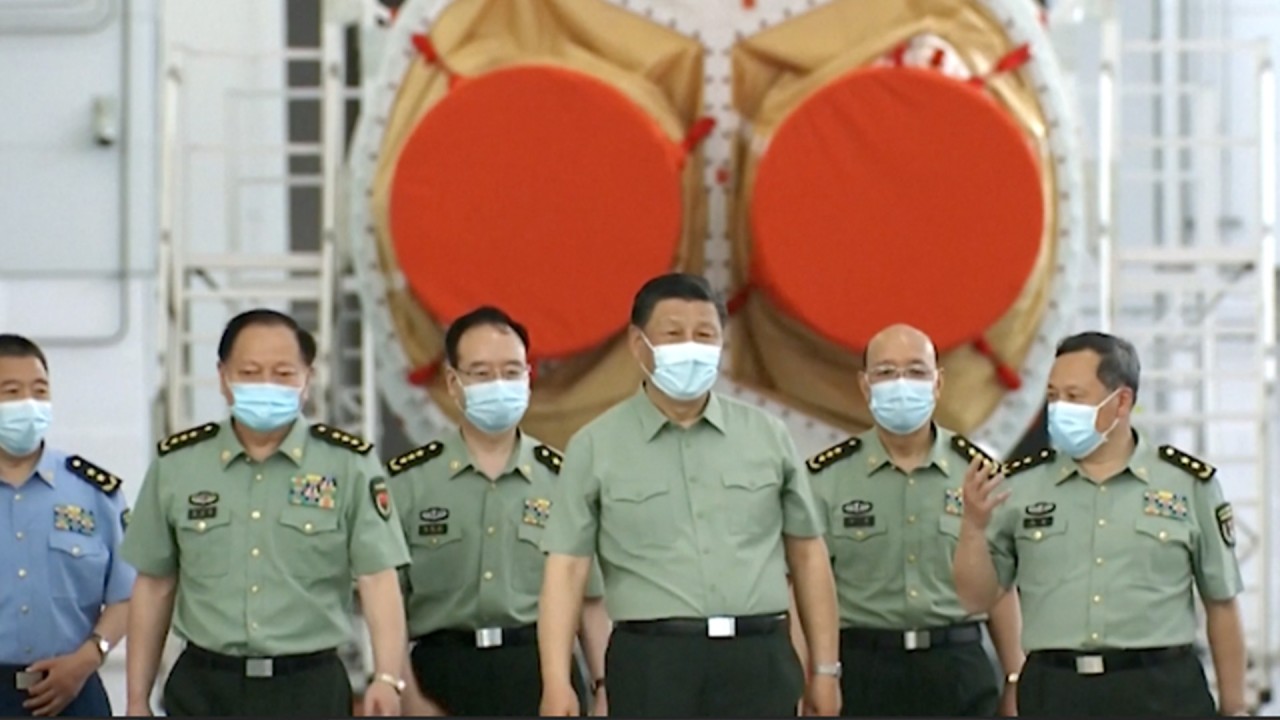
China’s next space goal: to target a dangerous asteroid and nudge it off course
- Space official says scientists will look at near-Earth asteroids over the next few years and aim for the most threatening
- The fourth phase of the lunar exploration programme also gets under way this year, with plans for a station on the moon
CNSA vice administrator Wu Yanhua said the country had started building a defence system against near-Earth asteroids that risked hitting the planet.
He said China aimed to conduct close observation of a threatening asteroid and “implement an asteroid impact” to change its orbit “at the end of the 14th five-year plan (2021-2025), or 2025, 2026”.
“We will start to improve land- and space-based monitoring and early warning systems for asteroids. To do this, we will need to compile a list and, crucially, analyse which are of the greatest risk,” Wu told state broadcaster CCTV on Sunday.
“And we need to research and explore if there are relevant technologies to remove these threats so we can make China’s contribution … to our home planet.”
In addition, Wu said China would start implementing the fourth phase of its lunar exploration programme from this year, which includes sending the Chang’e 6, 7, and 8 probes to the moon and building an International Lunar Research Station, according to state news agency Xinhua.
Wu made the projections in an online event for China’s Space Day, which marks the anniversary of the country’s first satellite launch, the Dong Fang Hong 1, on April 24, 1970.
China has made space exploration a top priority in recent years. In its white paper in January, “China’s Space Programme: A 2021 Perspective”, the country noted it would implement a batch of major aerospace projects, including the fourth phase of its lunar exploration programme.
The projects also include near-Earth asteroid sampling, returning from Mars with samples, and exploring Jupiter over the next four years, according to Wu Weiren, chief designer of China’s lunar exploration programme.
The latest lunar exploration programme was approved at the end of last year and it will be carried out in three steps, with the Chang’e 6, 7 and 8 missions lifting off before 2030.
The Chang’e 6 will seek to retrieve one to two kilograms of samples, including the first-ever rock samples, from the moon’s south pole and return them to Earth.
The Chang’e 7 will land on the south pole of the moon to explore and look for traces of ice. The Chang’e 8, the phase finale, is expected to exploit the resources on the lunar south pole and establish the research station.
The Chang’e 6 and Chang’e 7 were expected to be launched around 2025, People’s Daily reported.
Wu Weiren said China would also carry out feasibility studies on exploring the margins of the solar system and other major projects.
He said the lunar research station would also work as a transfer outpost for even deeper space exploration.
“The deep space probes may take off from the moon,” Wu said.
“They are all long-term things but the scientific community think they are achievable.”



